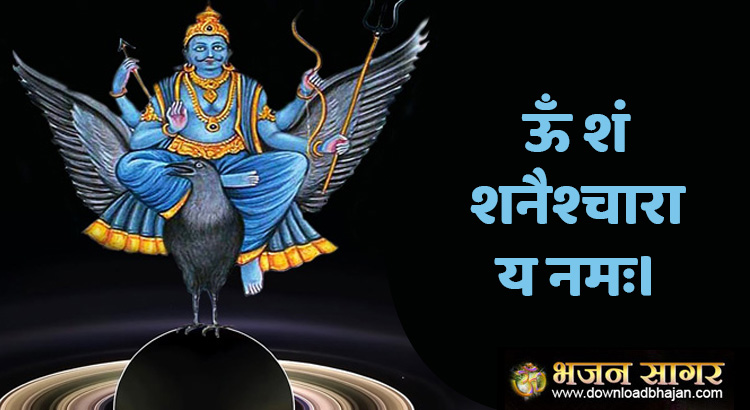
In the opening, the rooks are blocked in by other pieces and cannot immediately participate in the game, so it is usually desirable to connect one's rooks on the first rank by castling and then clearing all pieces except the king and rooks from the first rank. In that position, the rooks support each other and can more easily move to occupy and control the most favorable files.Ī common strategic goal is to develop a rook on the first rank of an open file (i.e., one unobstructed by pawns of either player) or a half-open file (i.e., one unobstructed by friendly pawns). From this position, the rook is relatively unexposed to risk but can exert control on every square on the file.

If one file is particularly important, a player might advance one rook on it, then position the other rook behind- doubling the rooks.Ī rook on the seventh rank (the opponent's second rank) is typically very powerful, as it threatens the opponent's unadvanced pawns and hems in the enemy king. A rook on the seventh rank is often considered sufficient compensation for a pawn. In the diagrammed position from a game between Lev Polugaevsky and Larry Evans, the rook on the seventh rank enables White to draw, despite being a pawn down. The berserker used as a rook in the Lewis chessmen Two rooks on the seventh rank are often enough to force victory by the blind swine mate, or at least a draw by perpetual check. Persian war-chariots were heavily armored, carrying a driver and at least one ranged-weapon bearer, such as an archer.


The sides of the chariot were built to resemble fortified stone work, giving the impression of small, mobile buildings, causing terror on the battlefield. In Europe the castle or tower appears for the first time in the 16th century in Vida's 1550 Ludus Scacchia, and then as a tower on the back of an elephant. In time, the elephant disappeared and only the tower was used as the piece. In the West, the rook is almost universally represented as a crenellated turret.


 0 kommentar(er)
0 kommentar(er)
